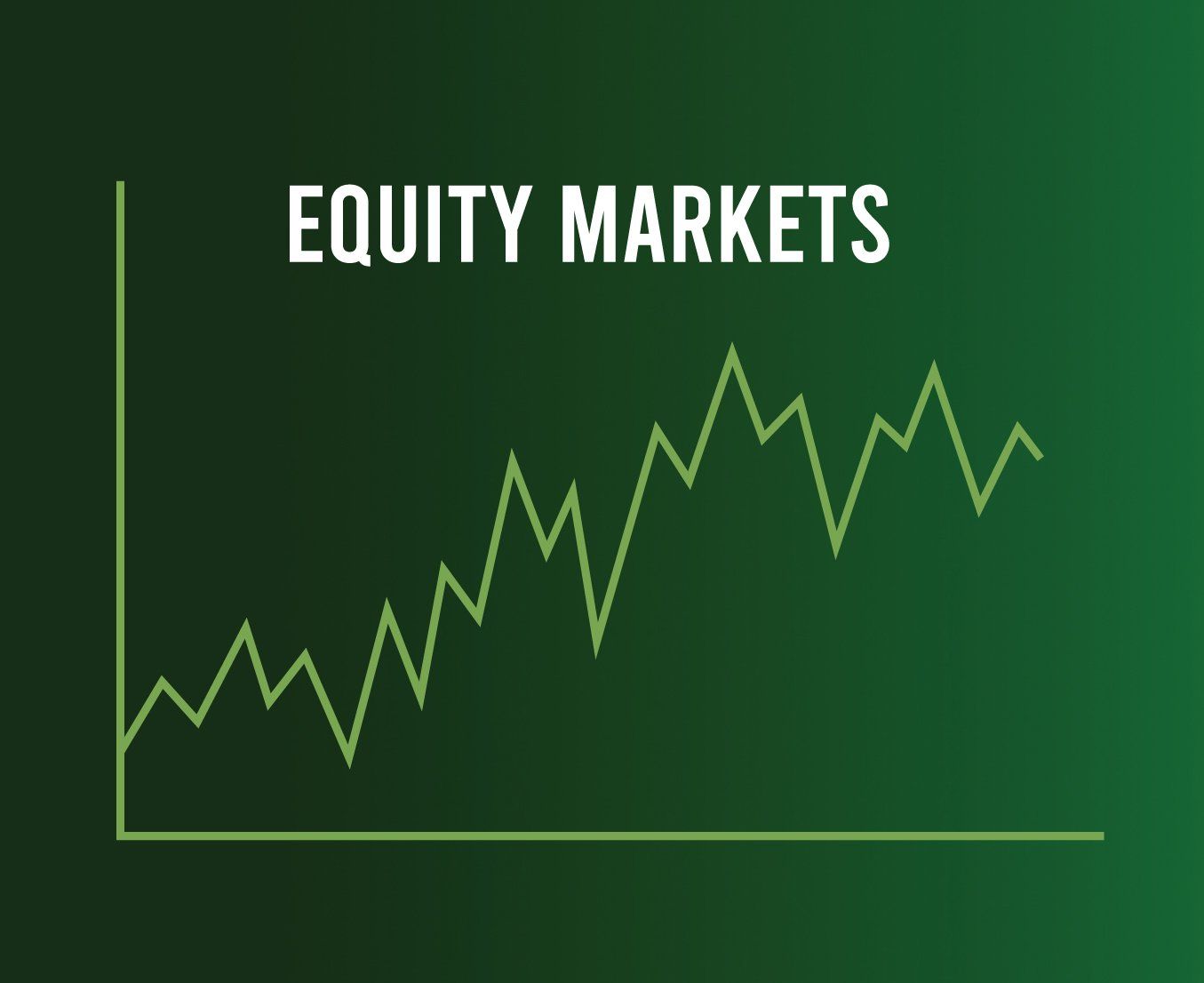Should you abandon your investment plan in these volatile times?
During a period of volatility it is all too easy to allow your emotions to dictate your investment decisions. To enjoy the potential for future gain, you may have to endure the pain of short-term volatility, and remain rational through periods of turmoil.
Your investment plan has been created with your long-term financial goals in mind. So, before you make any irrational decisions, consider the following:
- Your recommended portfolio was compatible with your long-term investment objectives and time horizon when created. Has your long-term objective changed?
- Will switching to a short-term investment strategy impact your long-term financial goals?
- Has your tolerance for risk and expectation for reward changed? How will diving into a ‘hot market favourite’ impact your long-term investment strategy?
- Will changing your investment portfolio result in the narrowing of your asset class diversification, thereby lowering your long-term return potential? Will it change your tolerance level? Will a change improve your asset class diversification and improve your potential for return relative to risk?
- Will your asset class diversification strategy and globally diversified portfolio benefit your long-term investment objective?
Table 1: Despite short-term turmoil, markets historically tend to move higher over time
Performance of Down Jones Industrial Average through 12 Major Postwar Crises(1)
| Number | Date of Market Low (After crisis) | 1-year Return After Crisis | 2-year Return After Crisis |
|---|---|---|---|
| Berlin Blockade | 13 Jun 1949 | 46.1% | 70.1% |
| Korean War | 13 Jul 1950 | 34.8% | 35.5% |
| Cuban Missile Crisis | 26 Jun 1962 | 37.3% | 67.8% |
| Kennedy Assassination | 22 Nov 1963 | 30.2% | 44.8% |
| Gulf of Tonkin | 08 Jun 1964 | 16.1% | 20.6% |
| 1969 Stock Market Break | 26 May 1970 | 49.6% | 69.3% |
| 1973-74 Stock Market Break | 06 Dec 1974 | 47.8% | 82.4% |
| Iran Hostage/Oil Crisis | 21 Apr 1980 | 37.5% | 22.2% |
| 1987 Stock Market Crash | 19 Oct 1987 | 28.9% | 69.6% |
| 1990 Gulf War | 11 Oct 1990 | 29.2% | 39.6% |
| Russian Bond Default | 31 Aug 1998 | 46.1% | 53.6% |
| Dot.com Crash | 09 Oct 2002 | 36.1% | 44.4% |
| 2008-2009 Liquidity Crisis | 05 Mar 2009 | 65.0% | 95.1% |
| Covid-19 Pandemic | 20 Mar 2020 | 70.2% | tbd |
| Average Return | 41.1% | 54.6% |
| 10-years ended Dec 31, 2021 | Annual Returns |
|---|---|
| Staying Invested | 9.14% |
| Missing the 10 best trading days | 3.94% |
| Missing the 30 best trading days | -0.68% |
| Missing the 50 best trading days | -4.01% |
Source: Counsel Portfolio Services, Morningstar Direct. January 2022. (Based on the S&P/TSX Composite Total Return Index)
Discuss your investment strategy with an IPC Advisor today.
Chart 1 represents performance of the Dow Jones Industrial Average through major post-war crises. The Dow Jones Industrial Average (DJIA) is generally accepted as a measure of U.S. stock market performance. Returns assume reinvestment of all distributions, and, unlike fund returns, do not reflect fees or expenses. It is not possible to invest directly in the DJIA. The original chart can be found in Contrarian Investment Strategies: The Next Generation, 1998, by David Dreman.
HEAD OFFICE
5015 Spectrum Way, Suite 200
Mississauga, ON
L4W 0E4
Local: 905-212-9799
Toll Free: 1-877-212-9799
Email: [email protected]
Investment Planning Counsel






